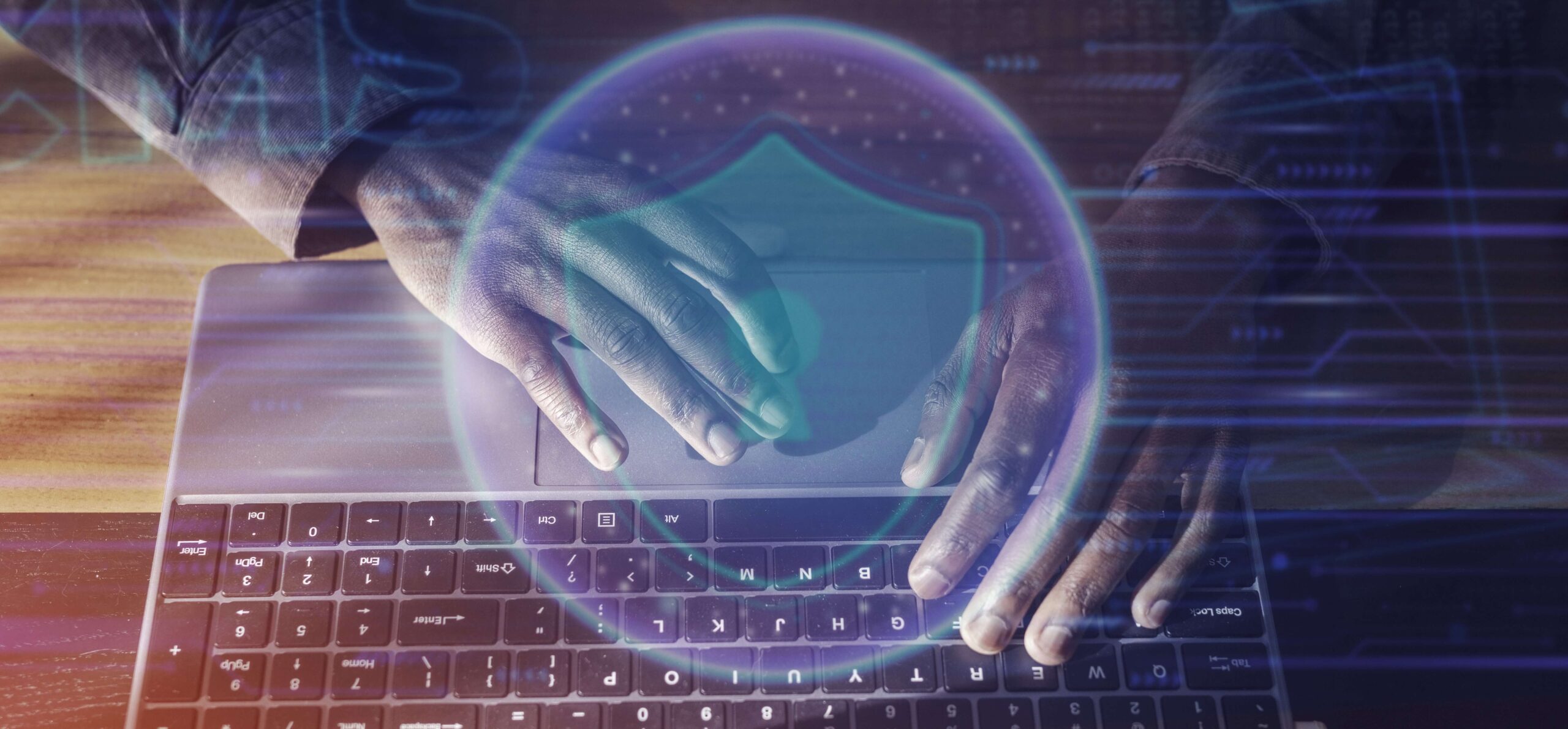Future Trends in Digital Forensics
Digital forensics is critical in investigating and prosecuting digital crimes and protecting organizations and individuals from cyber threats.
Modern digital forensics requires modern tools! In recent years, we have witnessed a shift in digital forensics that could change how we see and use digital tools for the preservation, identification, extraction, and documentation of computer evidence. Current digital forensics trends require better use of technology and high-grade tools essential to modern law enforcement and cybersecurity efforts.
Unlike traditional methods of investigations, which require being present at the crime scene and long hours of work, these tools can help speed up investigations and have become a game changer for law enforcement investigations agencies.
Speculating on emerging technologies and trends that will shape the future of digital forensics, such as AI-driven forensics, blockchain analysis, and quantum computing.
Speculating on emerging technologies and trends that will shape the future of digital forensics involves making educated guesses or projections based on current technological developments, industry trends, and potential future scenarios. It requires analyzing existing challenges in digital forensics, understanding the trajectory of technological advancements, and envisioning how these advancements might impact the field of digital forensics in the coming years. Here’s an explanation focusing on AI-driven forensics, blockchain analysis, and quantum computing:
AI-Driven Forensics:
AI-driven forensics involves the use of artificial intelligence (AI) and machine learning (ML) algorithms to automate and enhance various aspects of the digital forensic process.
Potential Impact: AI can assist in analyzing large volumes of digital data, identifying patterns, and automating tasks such as evidence extraction, categorization, and correlation. This can lead to faster and more efficient investigations, especially in cases involving complex data sets or large-scale cyber incidents.
Speculation: In the future, AI-driven forensics may evolve to incorporate advanced techniques such as natural language processing (NLP) for analyzing textual evidence, image and video recognition for multimedia forensics, and predictive analytics for identifying emerging threats or trends in cybercrime.
Blockchain Analysis:
Blockchain analysis involves tracing and analyzing transactions on blockchain networks, particularly in the context of cryptocurrencies like Bitcoin and Ethereum.
Potential Impact: As cryptocurrencies gain popularity and are increasingly used in cybercrime and financial fraud, blockchain analysis becomes crucial for tracing illicit transactions, identifying perpetrators, and recovering stolen assets.
Speculation: In the future, advancements in blockchain analysis tools and techniques may enable forensic experts to trace transactions across multiple blockchain networks, overcome privacy features such as coin mixing and anonymity, and develop strategies for recovering assets stored in decentralized finance (DeFi) platforms.
Quantum Computing:
Quantum computing utilizes the principles of quantum mechanics to perform complex calculations at speeds far beyond classical computers.
Potential Impact: Quantum computing poses both challenges and opportunities for digital forensics. On one hand, it may threaten traditional cryptographic methods used to secure digital evidence, as quantum algorithms can potentially decrypt encrypted data much faster than classical algorithms. On the other hand, quantum-resistant cryptography may emerge to address this vulnerability.
Speculation: In the future, quantum computing may enable forensic experts to break encryption keys and access encrypted data more quickly, requiring the development and adoption of post-quantum encryption standards. Additionally, quantum-enhanced algorithms may improve the efficiency of certain forensic tasks, such as pattern recognition or optimization problems.
In conclusion, the way of digital forensics is being reshaped by the rapid advancement of technologies such as AI-driven forensics, blockchain analysis, and quantum computing. These innovations hold immense potential in reorganizing the investigative processes, enabling quicker identification of digital evidence and more efficient resolution of cyber incidents. As AI algorithms evolve to incorporate sophisticated techniques like NLP (Natural Language Processing) and predictive analytics, they promise to enhance the capabilities of forensic experts in uncovering complex patterns and trends within vast data sets. Similarly, blockchain analysis tools are poised to become increasingly adept at tracing transactions across decentralized networks, bolstering efforts to combat cybercrime and financial fraud. While quantum computing presents both challenges and opportunities, its potential to accelerate decryption processes underscores the need for continuous development of post-quantum encryption standards to safeguard digital evidence. Overall, the future of digital forensics holds great promise in leveraging cutting-edge technologies to uphold cybersecurity and justice in an increasingly digitized world.
-
Previous Post
Digital Forensics in Law Enforcement











